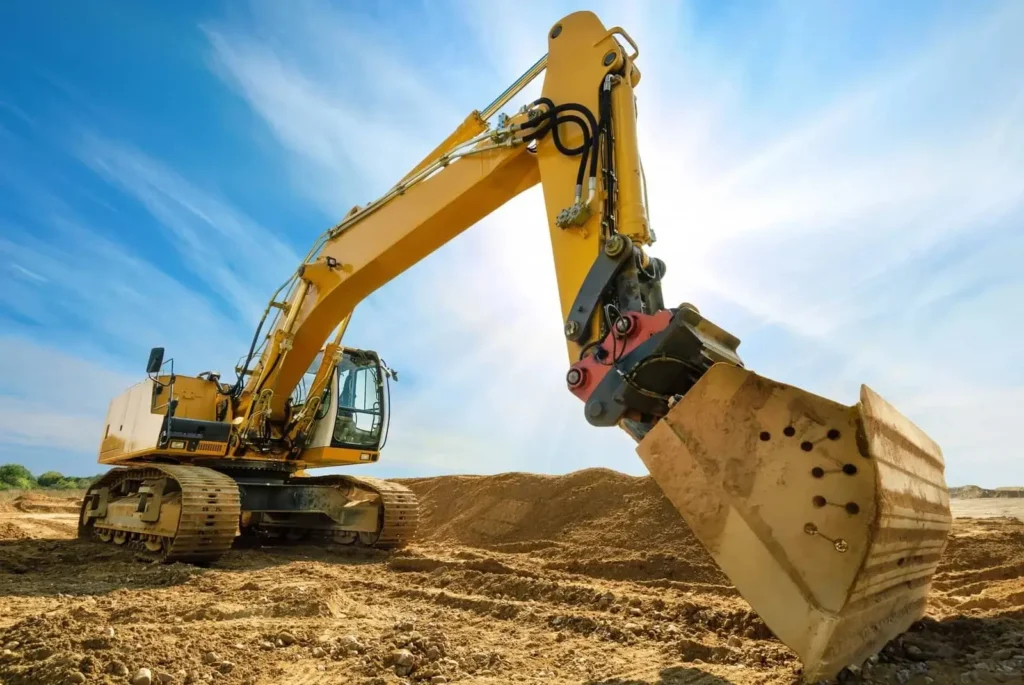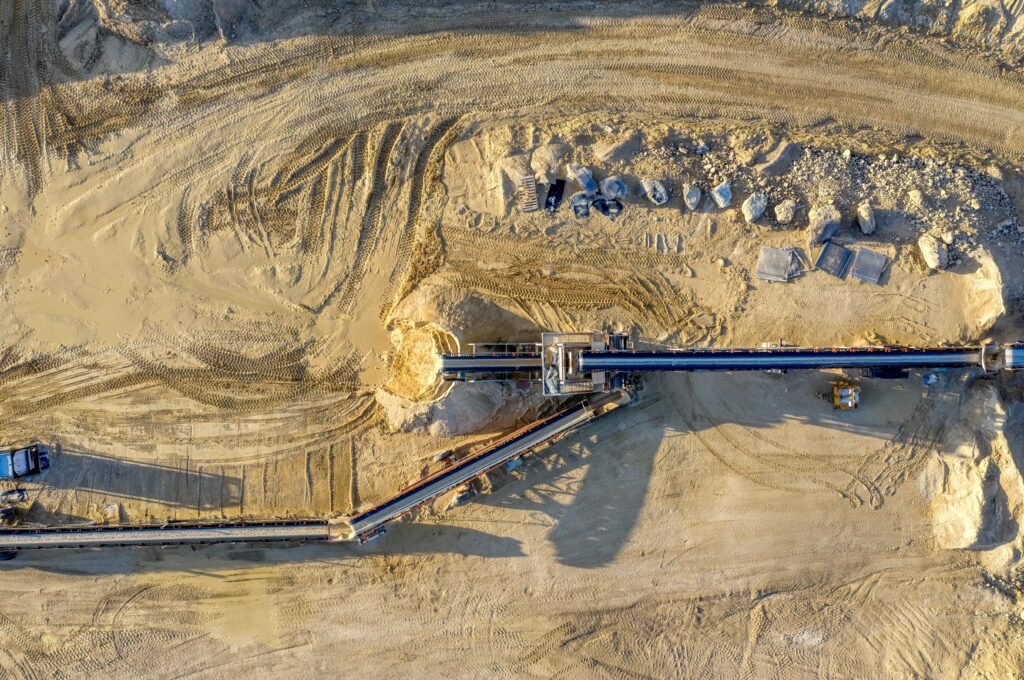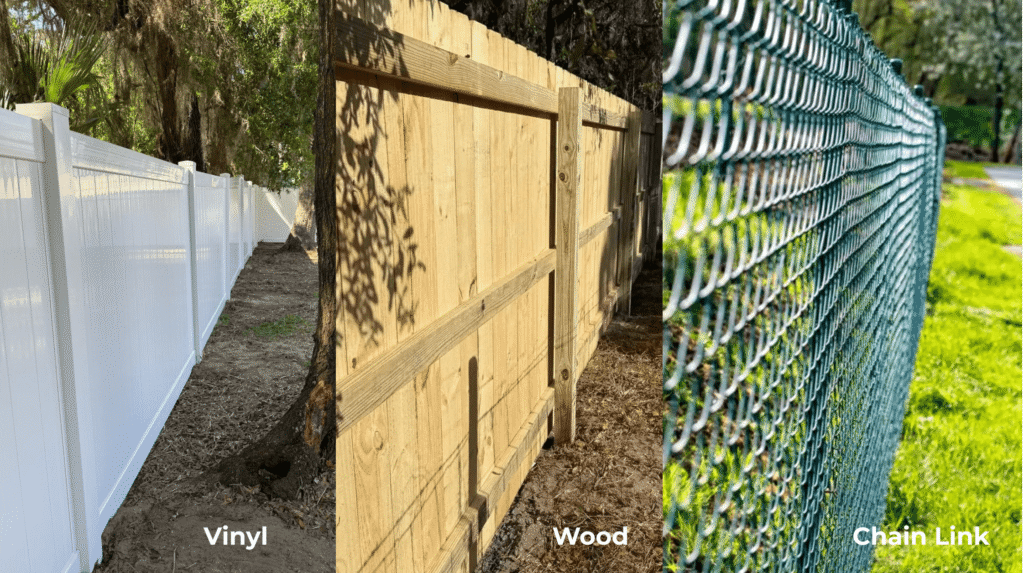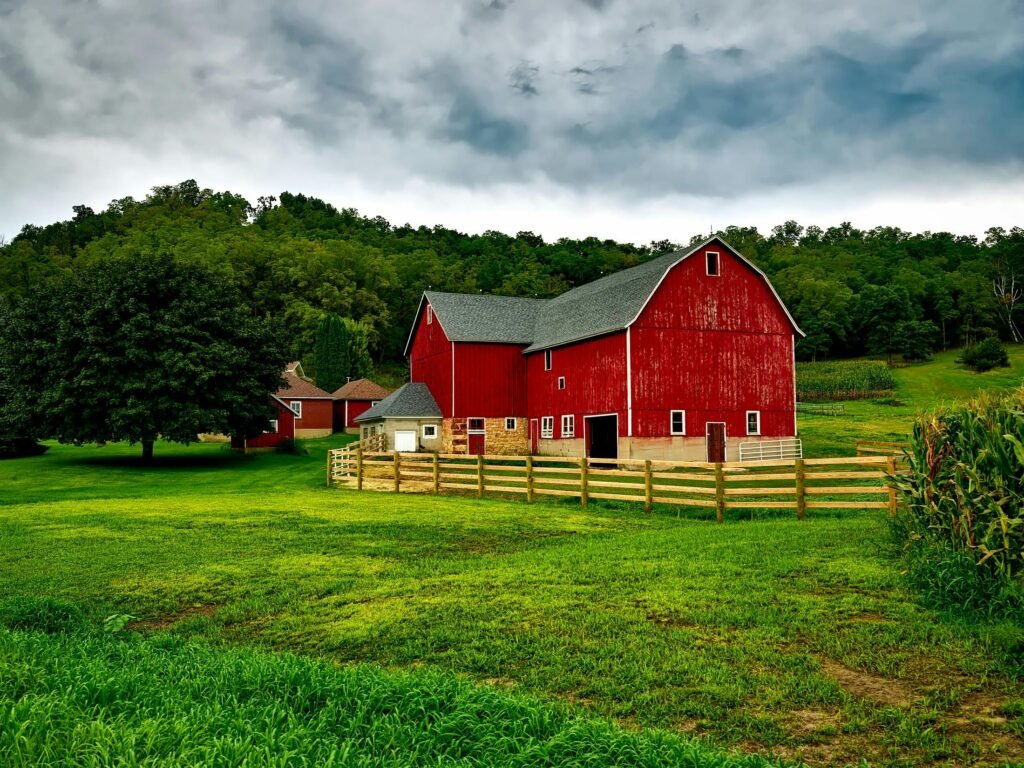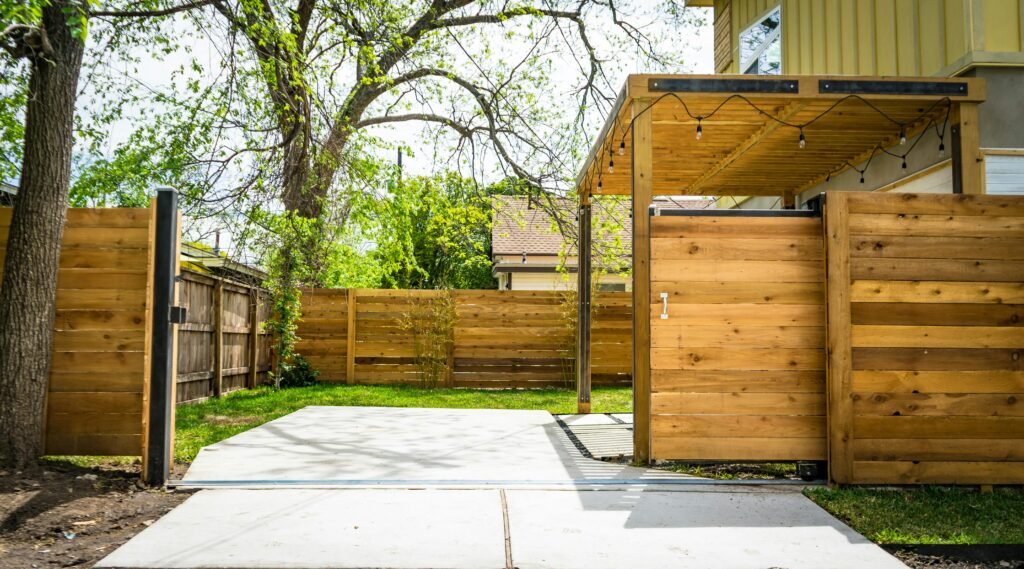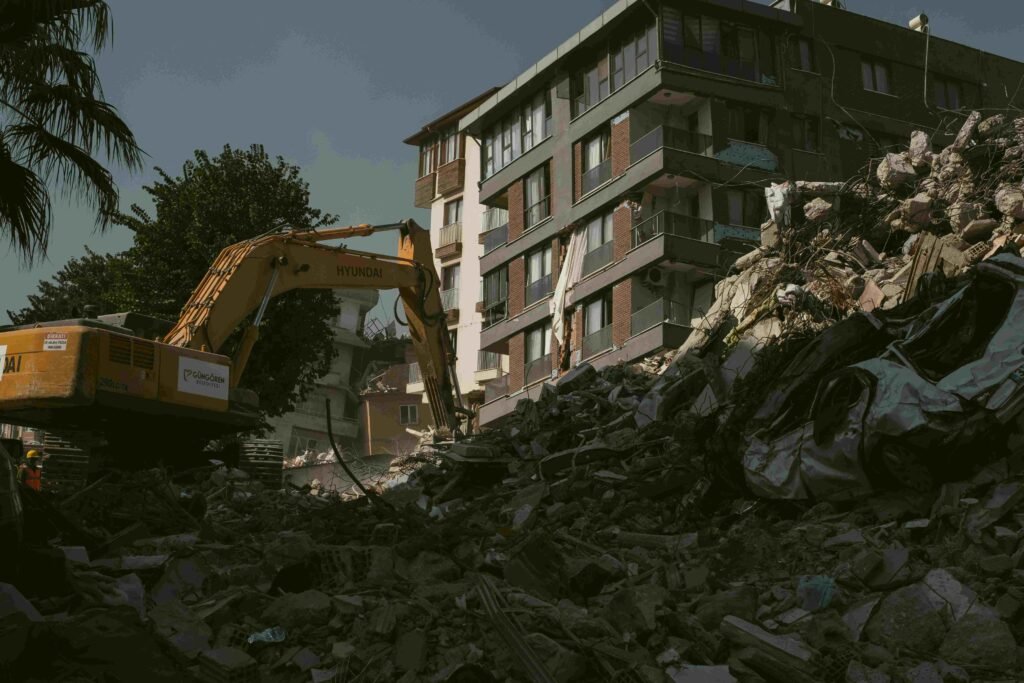The Ultimate Guide to Driveway Restoration in Ocala, FL
The First Impression: Why Driveway Restoration in Ocala, FL is a Crucial Investment Expert driveway restoration in Ocala, FL, is essential for homeowners and property owners battling the state’s unique and punishing climate. Is your gravel driveway marred by ruts, covered in weeds, or showing signs of washing away? You’re not alone. For many properties in Marion County, especially in our beautiful equestrian and rural communities, unpaved driveways made of gravel, limestone, or asphalt millings are a practical and aesthetic choice. However, Florida’s combination of intense sun, heavy rain, and sandy soil is relentless, actively working to degrade your property’s curb appeal and functionality. A driveway is more than just a path; it’s the first handshake your property offers visitors. A well-maintained entrance speaks to a high standard of care and significantly boosts your property’s value. In fact, a study from the Journal of Real Estate Finance and Economics found that good curb appeal can increase a home’s value by up to 7%. Ignoring the early warning signs of driveway deterioration—like potholes and washouts—doesn’t just look bad; it can lead to bigger drainage problems and more costly repairs down the road. This guide will walk you through the common causes of driveway failure in Ocala and the professional restoration solutions that can protect your investment for years to come. Ocala’s Climate: Your Driveway’s Toughest Challenge In Florida, driveway damage isn’t just about age; it’s a constant battle against the elements. The unique environmental factors in our region create a perfect storm for the degradation of unpaved surfaces. Torrential Rains: Our famous afternoon downpours can be devastating for loose driveways. The sheer volume of water erodes the surface, washing away valuable gravel, limestone, or asphalt millings and carving out deep channels, a problem known as “washout.” Sandy Soil Base: Much of Ocala is built on a sandy soil base. When this soil becomes saturated with water, it loses its structural integrity. This erosion of the foundation beneath your driveway is the primary cause of sinking, ruts, and the seemingly endless potholes that reappear after every storm. Intense Sun and Humidity: Florida’s subtropical climate is a paradise for plant life—including the weeds and grass that invade your driveway. The intense sun and high humidity create a perfect breeding ground for vegetation to take root between the dirt, breaking up the surface and creating a neglected appearance. Decoding Driveway Distress: Common Problems for Gravel Driveways Your driveway often sends clear signals when it’s in trouble. Here’s how to decode the most common issues for unpaved surfaces: Potholes, Ruts, and “Washboarding” Small depressions can quickly turn into large, jarring potholes as water pools and erodes the base layer. Ruts are long channels that form along the tire paths, creating an uneven and difficult driving surface. Over time, many gravel driveways also develop a corrugated, bumpy texture known as “washboarding,” caused by traffic and material displacement. Washouts and Material Loss After a heavy rain, do you notice bare patches where your gravel used to be? This is a classic sign of a drainage problem. When a driveway isn’t properly crowned, water flows down its length instead of shedding to the sides, taking your expensive surface materials with it. This not only looks bad but represents a tangible loss of your investment. Weed and Grass Invasion A driveway overrun with weeds is more than just a cosmetic issue. The root systems of these plants can further break apart the compacted surface, trap moisture, and accelerate the deterioration of the driveway’s foundation. It’s a sign that the base is no longer properly compacted and is allowing organic matter to thrive. The Bell’s Outdoor Services Solution: A Professional Guide to Driveway Restoration in Ocala, FL A professional driveway restoration in Ocala, FL, is a systematic process designed to address these issues at their source and protect the surface from future damage. At Bell’s Outdoor Services, we don’t just dump a new layer of gravel on top—a temporary fix that often makes underlying problems worse. We rejuvenate your existing materials to restore both function and beauty. Step 1: Professional Cleaning and Surface Preparation Restoration begins with preparing the area. This may involve clearing overgrown vegetation along the edges of the driveway to reclaim its original width. For properties with significant overgrowth, our expert forestry mulching services can efficiently clear the way for a proper restoration. Step 2: Decompaction and Material Rejuvenation This is the crucial step that sets professional restoration apart. We use advanced equipment, such as a box blade with scarifiers, to break up the hardened, compacted surface of your existing driveway. This process loosens the material and brings the valuable dirt that has been buried over time back to the surface. This allows us to work with the material you already own, saving you money and creating a more stable final product. Step 3: Expert Re-Grading for Proper Drainage Once the material is loosened, we meticulously re-grade the entire driveway. The key is to create a proper “crown”—a slight slope from the center of the driveway to the edges. This ensures that rainwater sheds off to the sides instead of pooling in the middle or running down the length of the drive, which is the primary cause of potholes and washouts. Our deep understanding of Florida’s soil and water challenges ensures this is done right. Step 4: Compaction for a Durable, Long-Lasting Finish After grading, the final step is to compact the restored material. This creates a solid, stable surface that is more resistant to forming new ruts and potholes. A properly compacted driveway provides a smoother ride and will hold its shape for far longer than one that is simply graded and left loose. Beyond Gravel: Restoring Limestone and Asphalt Milling Driveways The restoration process is highly effective for a variety of materials, not just standard gravel. At Bell’s Outdoor Services, we also specialize in restoring driveways made from: Limestone: A popular choice in Florida, limestone can also suffer from compaction and washouts. Our process


